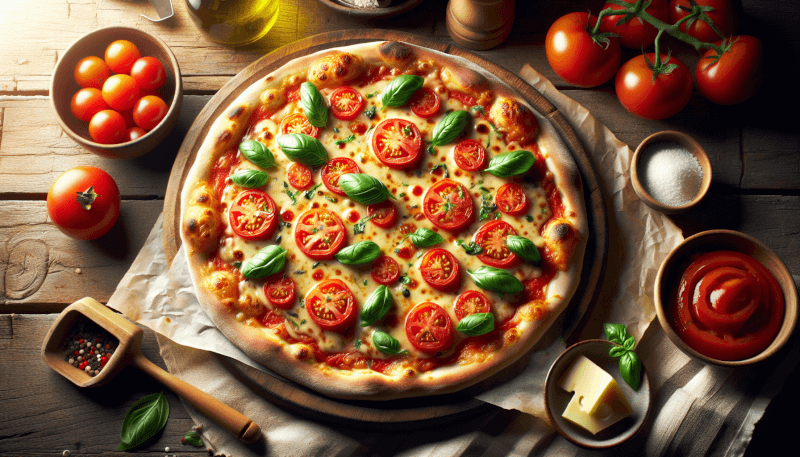If you’ve ever wanted to master the art of making homemade pizza from scratch, look no further! Whether you’re a seasoned home cook or just starting out in the kitchen, this article is here to guide you with some helpful tips. From selecting the perfect dough recipe to experimenting with delicious toppings, you’ll soon be able to create a mouthwatering pizza that rivals your favorite pizzeria. So grab your apron, roll up your sleeves, and get ready to embark on a delicious culinary adventure!
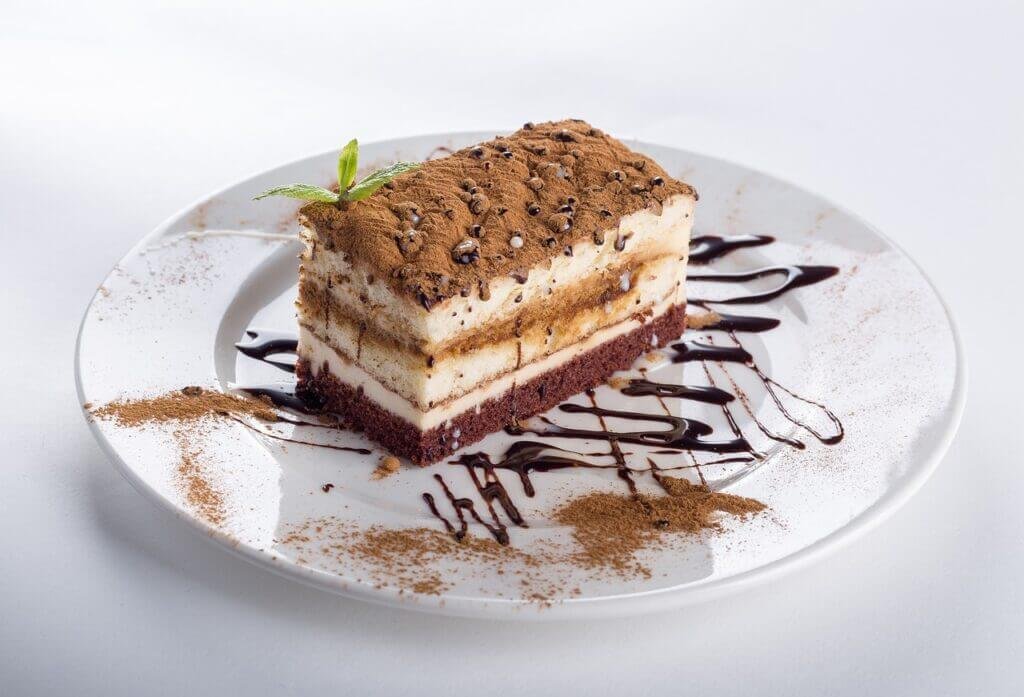
Choosing Ingredients
Quality of Ingredients
When making homemade pizza, it’s important to prioritize the quality of your ingredients. Opt for fresh produce, high-quality meats, and premium cheeses. Fresh ingredients will enhance the flavors and texture of your pizza, elevating it from ordinary to extraordinary. Don’t be afraid to spend a little extra money on top-tier ingredients – it will definitely pay off in the final dish.
Type of Flour
The type of flour you choose will greatly impact the texture and taste of your pizza crust. While all-purpose flour may be the most readily available option, consider using bread flour for a chewier crust or tipo 00 flour for a more delicate and crispy result. Experiment with different types of flour to find the one that suits your preferences.
Type of Cheese
Cheese is an essential component of any pizza, so choose wisely. Mozzarella is the classic choice, but don’t be afraid to mix it up with other varieties such as cheddar, provolone, or even gorgonzola for a bolder flavor. Opt for fresh, high-quality cheeses that will melt beautifully and add a rich, creamy element to your pizza.
Sauce Selection
The pizza sauce is the foundation of flavor for your pizza, so it’s important to get it right. Start with fresh, ripe tomatoes for the best results. You can choose to make your own sauce by blending the tomatoes with garlic, herbs, and spices, or opt for store-bought varieties. Just make sure to taste-test and adjust the seasoning to your liking.
Fresh vs. Dried Herbs and Spices
When it comes to herbs and spices, the choice between fresh and dried can make a significant difference. Fresh herbs provide a vibrant and aromatic flavor, while dried herbs offer a more concentrated and earthy taste. Experiment with both to see which combination works best for your palate. Keep in mind that dried herbs are more potent, so adjust the amount accordingly.
Preparing the Dough
Measuring Ingredients
Accuracy is crucial when measuring the ingredients for your pizza dough. Use a kitchen scale for precise measurements, especially when it comes to flour and yeast. If you don’t have a scale, make sure to aerate the flour before measuring it by fluffing it up with a spoon and lightly spooning it into the measuring cup. Avoid packing it down, as this can lead to dense and heavy dough.
Mixing the Ingredients
To achieve a consistent dough, it’s essential to mix the ingredients thoroughly. Begin by combining the flour, yeast, salt, and any other dry ingredients in a large mixing bowl. Gradually add the wet ingredients, such as water and olive oil, and mix until a shaggy dough forms. Use a wooden spoon or your hands to incorporate all the ingredients evenly.
Kneading Techniques
Kneading the dough helps develop gluten, giving it elasticity and structure. Turn the dough out onto a clean and lightly floured surface. Use the heel of your hand to push the dough away from you, then fold it over itself and repeat. Continue this process for about 8-10 minutes until the dough becomes smooth and springs back when pressed.
Resting the Dough
After kneading, the dough needs to rest to allow the gluten to relax and the yeast to ferment. Place the dough in a lightly oiled bowl, cover it with a clean kitchen towel or plastic wrap, and let it rise in a warm, draft-free area for about 1-2 hours or until it has doubled in size. This resting period will enhance the flavor and texture of the dough, resulting in a delectably light and airy crust.

Creating the Pizza Sauce
Tomato Selection
Choosing the right tomatoes is crucial for a flavorful pizza sauce. Opt for ripe, meaty tomatoes such as Roma or San Marzano tomatoes. These varieties have a higher flesh-to-juice ratio, making them ideal for creating a thick and rich sauce. If fresh tomatoes are not available, canned tomatoes can be an excellent alternative, as long as they are of good quality.
Flavoring the Sauce
While tomatoes are the star of the show, adding additional flavors to your sauce can take it to another level. Experiment with different herbs and spices, such as oregano, basil, garlic, and red pepper flakes, to create a personalized and mouthwatering sauce. Remember to strike a balance between the flavors, so that no single ingredient overpowers the others.
Consistency of Sauce
The consistency of the pizza sauce can vary depending on personal preference. Some prefer a chunky and rustic sauce, while others opt for a smooth and velvety texture. Achieve your desired consistency by blending the sauce for a smoother texture or leaving it slightly chunky for more texture. Adjust the thickness by simmering the sauce longer to evaporate excess moisture.
Selecting Toppings
Vegetable Toppings
Vegetables are a fantastic way to add freshness, color, and nutrition to your pizza. Opt for a variety of vegetables such as bell peppers, onions, mushrooms, cherry tomatoes, or even artichokes. Sauté or roast them beforehand to intensify their flavors and ensure they cook properly on top of the pizza. Don’t be afraid to experiment with different combinations to discover your favorite veggie-loaded masterpiece.
Meat Toppings
If you’re a carnivore, meat toppings can take your pizza to the next level. Choose from classics like pepperoni, Italian sausage, or bacon, or get adventurous with specialty meats like prosciutto or chorizo. Pre-cook the meat before adding it to your pizza to ensure it cooks through during baking. Be mindful of the saltiness of some meats and adjust your seasoning accordingly.
Cheese Toppings
Cheese is an integral part of pizza, and the choices are virtually endless. From the traditional mozzarella to tangy goat cheese or even a blend of different varieties, there’s a cheese to suit every taste preference. Experiment with different blends to find the perfect combination of melty, gooey, and flavorful cheese that complements your other toppings.
Herb and Spice Toppings
Adding a sprinkle of fresh or dried herbs and spices on top of your pizza can enhance the flavors and provide that extra wow factor. Fresh basil, oregano, or thyme can add a burst of aroma, while dried chili flakes or black pepper can bring a touch of heat. Get creative and mix and match different herbs and spices to create a truly unique flavor profile.
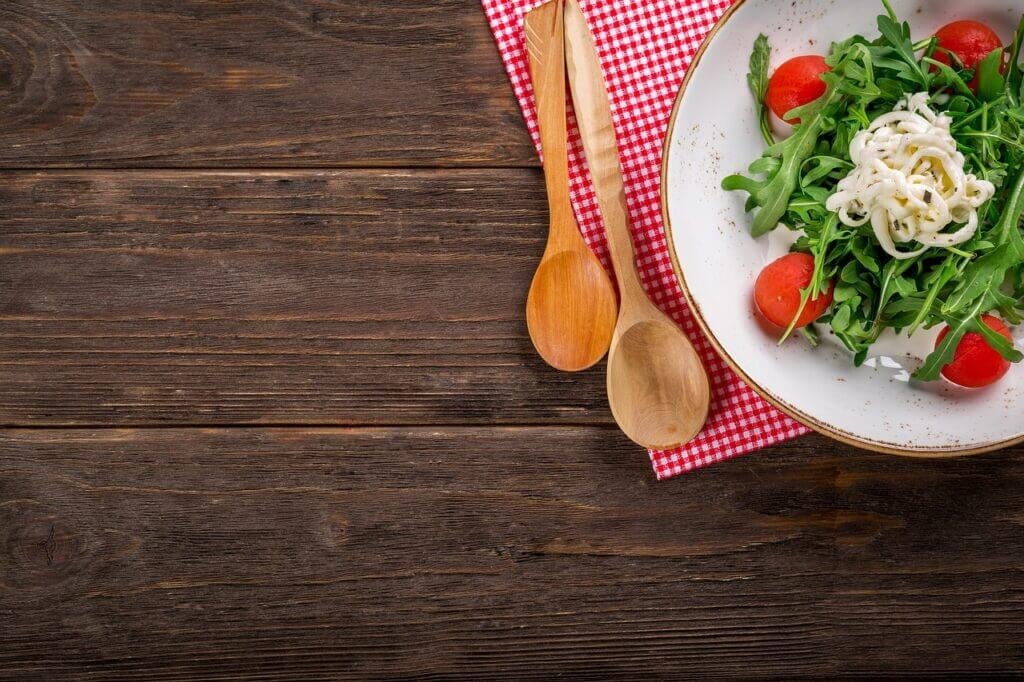
Prepping the Pizza Stone or Pan
Stone or Pan Selection
Whether you prefer a crisp and thin crust or a thick and chewy one, the choice between a pizza stone or a pan can make a difference. Pizza stones are known for creating a crispy and evenly baked crust, while pans, especially ones with perforations, promote air circulation, resulting in a lighter and crunchier texture. Consider your personal preferences and experiment with both options to find your perfect crust.
Preheating the Stone or Pan
To achieve that nice, golden-brown crust, preheating your stone or pan is crucial. Place it in the oven while it preheats to the desired temperature, allowing it to heat thoroughly. This step ensures that the dough starts cooking immediately upon contact, preventing any sogginess. Follow the manufacturer’s instructions for the appropriate preheating time and temperature recommendations.
Cornmeal or Flour Dusting
To ensure your pizza slides off the peel or pan easily, dust it with either cornmeal or flour. Cornmeal adds a slightly crunchy texture and a subtle nutty flavor, while flour prevents sticking. Sprinkle a generous amount on your peel, pan, or pizza stone before placing the stretched dough on top. This simple step can make all the difference in achieving a perfectly cooked pizza.
Stretching and Shaping the Dough
Dividing the Dough
Once your pizza dough has risen, it’s time to divide it into individual portions. This allows you to create the desired size and thickness for your pizzas. Portion the dough according to your preferred size – whether it’s personal-sized pizzas or larger ones to share. Use a sharp knife or a dough scraper to cut the dough evenly, ensuring that each portion will bake consistently.
Stretching Techniques
Stretching the dough can be a fun and satisfying process. Gently flatten the portioned dough ball into a small disk, then use your fingertips to gently press and stretch the dough from the center outwards. Rotate the dough as you stretch to maintain an even thickness. Be gentle while stretching to avoid tearing the dough or creating uneven spots, aiming for a smooth and uniform shape.
Shaping the Pizza
The shape of your pizza can vary based on personal preference and style. Some prefer a traditional circle, while others enjoy a rustic oval or even a square. Use your hands and gravity to shape the stretched dough, gently stretching and pulling it to achieve the desired shape. Remember, homemade pizza doesn’t have to look perfect – embrace its uniqueness and rustic charm.
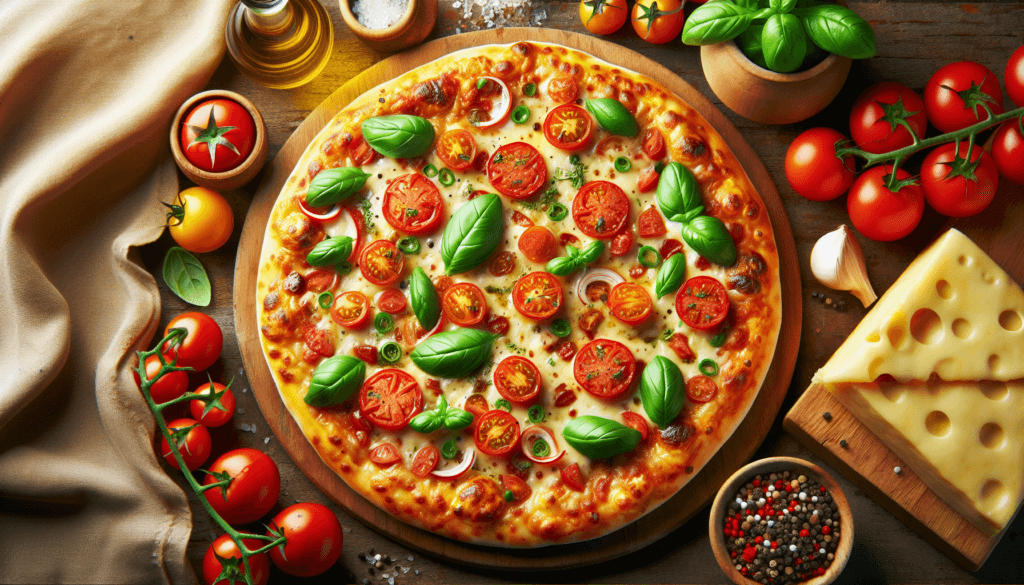
Assembling and Baking the Pizza
Spreading the Sauce
Start assembling your pizza by spreading the sauce evenly across the dough. Use the back of a spoon or ladle to swirl the sauce outward, leaving a border for the crust. Avoid overloading the pizza with sauce, as it can make the crust soggy. Find the right balance between a light coating and an ample amount of sauce to enhance the flavors without overpowering the other toppings.
Arranging the Toppings
When it comes to arranging the toppings, the possibilities are endless. Begin with your vegetables and meats, distributing them evenly across the pizza. This ensures that each bite will have a taste of every topping. Feel free to get creative with different flavor combinations and textures, allowing your personal preferences to guide you. Remember, less is often more – overcrowding can result in a soggy and unbalanced pizza.
Cheese Layering
To achieve a gooey and melty cheese layer, add it on top of your other toppings. Spread an even layer of cheese, making sure it reaches the crust while leaving a small border for a golden crust. You can choose to use one variety of cheese or create a delightful blend. Different cheeses melt differently, so experimenting with combinations will give you unique flavors and textures.
Baking Time and Temperature
Baking time and temperature can vary depending on the thickness of your crust and the toppings used. For a thin crust pizza, a higher temperature, around 450-500°F (230-260°C), is recommended for a quick and crispy bake. If you’re making a thicker or deep-dish pizza, a lower temperature, around 375-425°F (190-220°C), is better to ensure thorough baking without burning the crust. Follow the recipe’s instructions and keep an eye on the pizza to achieve your desired doneness.
Adding the Final Touches
Garnishing the Pizza
Once your pizza is perfectly baked, take it to the next level with some garnishes. Sprinkle fresh herbs, such as basil or parsley, on top for a burst of color and aroma. You can also add a drizzle of balsamic glaze or honey for a touch of sweetness or sprinkle grated Parmesan cheese for an extra boost of umami. These finishing touches enhance the overall presentation and flavor of your homemade masterpiece.
Using Olive Oil
Olive oil can be used before, during, and after the baking process to add richness and flavor to your pizza. Brushing a thin layer of olive oil on the stretched dough before adding the sauce can create a barrier, preventing the crust from becoming soggy. During baking, a light drizzle of olive oil on top of the cheese or vegetables can enhance the flavors and promote browning. After baking, a final drizzle of extra-virgin olive oil can add a glossy finish and a hint of fruity taste.
Seasoning the Crust
The crust is just as important as the toppings, and seasoning it properly can elevate the entire pizza-eating experience. Brush the crust with a mixture of melted butter, garlic, and herbs, or sprinkle it lightly with salt and pepper. This simple step adds depth of flavor to the crust and makes every bite more enjoyable. Experiment with different seasonings to find your favorite combination.
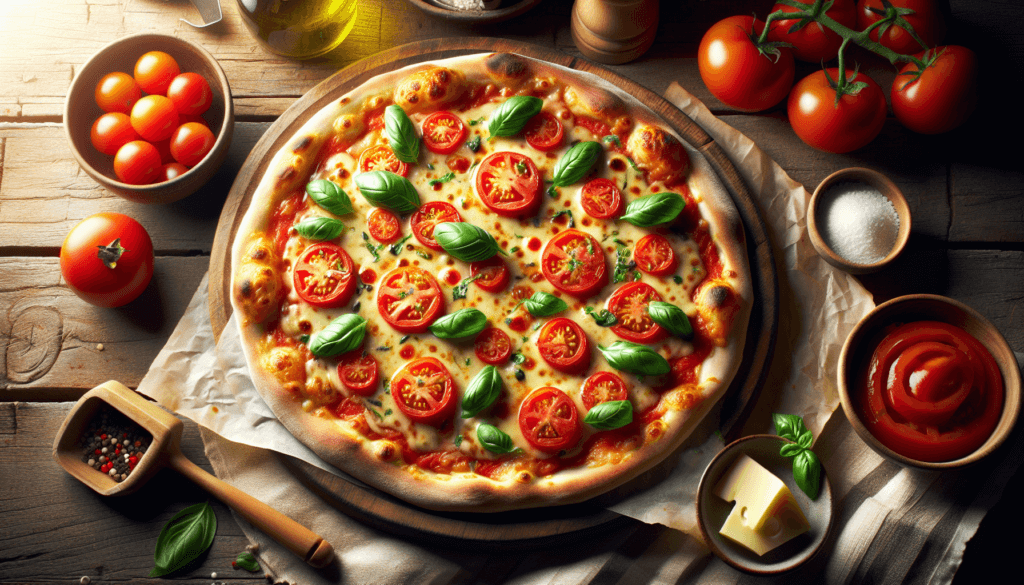
Slice and Serve
Proper Cutting Techniques
After the pizza has cooled slightly, it’s time to slice and serve it. Use a sharp pizza cutter or a large knife to cut through the crispy crust and toppings. For a traditional round pizza, start by cutting a slit in the center, then make radiating cuts toward the edge. Alternatively, for square or rectangular pizzas, cut straight rows horizontally and vertically. Be careful not to push down too hard and flatten the crust. Remember, practice makes perfect when it comes to achieving the ideal pizza slice.
Serving Suggestions
Homemade pizza is a crowd-pleaser and can be enjoyed in various settings. Serve it as a casual weeknight dinner with family, as a centerpiece for a weekend gathering with friends, or even as finger food at parties. Pair it with a fresh green salad or a charcuterie board for a complete meal. Pizza is versatile and adaptable, making it suitable for any occasion.
Experimenting with Variations
Different Pizza Styles
While classic Margherita or pepperoni pizzas are timeless favorites, don’t shy away from exploring different pizza styles. Try your hand at gourmet pizzas with unique combinations of ingredients or venture into regional styles like Neapolitan or Chicago deep-dish pizzas. Each style has its own characteristics, flavors, and textures, so don’t be afraid to step out of your comfort zone and discover new culinary horizons.
Gluten-Free or Vegan Options
With increasing dietary preferences and restrictions, it’s important to have options that cater to different needs. Experimenting with gluten-free flours or alternative ingredients like cauliflower or almond flour can yield delicious gluten-free crusts. Likewise, for vegans or those looking to reduce dairy consumption, there are numerous plant-based cheese alternatives and vegetable toppings that can create a satisfying and cruelty-free pizza experience.
Unique Flavor Combinations
Get creative in the kitchen by exploring unique flavor combinations for your pizzas. Consider topping your homemade pizza with unexpected ingredients like figs and goat cheese, arugula and prosciutto, or even pineapple and jalapenos for a sweet and spicy twist. The possibilities are endless, so trust your taste buds and create your own signature flavor combinations. Let your imagination run wild and enjoy the process of creating something truly original.
Making homemade pizza from scratch is a delightful and rewarding experience. By carefully choosing quality ingredients, preparing the dough with precision, and experimenting with different toppings, you can create a pizza that is personalized to your tastes. From stretching and shaping the dough to adding the final touches, each step contributes to a delicious homemade pizza that is sure to impress. So gather your ingredients, roll up your sleeves, and let your inner pizzaiolo shine as you embark on a culinary adventure in your own kitchen.

